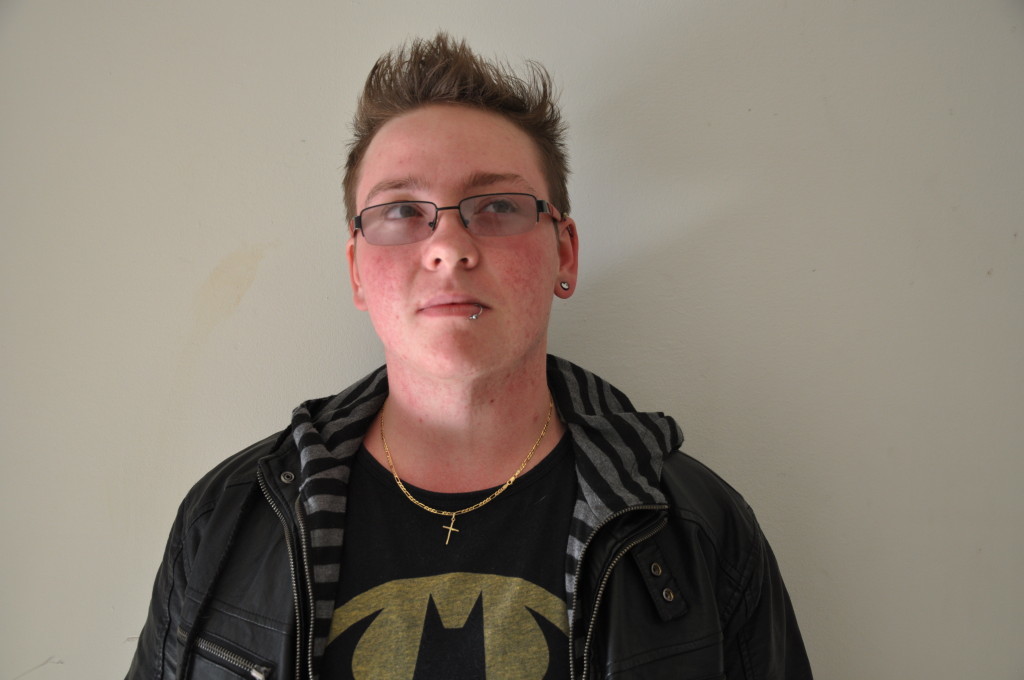Why does homelessness happen? According to the Australian Bureau of Statistics, homelessness is not just the result of too few houses – its causes are many and varied. Domestic violence, a shortage of affordable housing, unemployment, mental illness, family breakdown and drug and alcohol abuse all contribute to the level of homelessness in Australia. Homelessness is not a choice.
What is secondary homelessness? The Western Australian Department for Child Protection identifies this as: people in refuges, crisis and emergency accommodation or living temporarily with family or friends or even couch surfing.
Homelessness amongst youth in WA is far more prevalent than what you might think, walking around inner-city areas, it’s hard to fathom just how many kids, teens and young adults retire to these streets each night.
In 2010 the Youth Affairs Council of WA stated that around 5,500 young people are homeless, 1,500 are sleeping rough and forty per cent of them are suffering from a mental health issue.
Looking at these numbers on a page, I found myself asking: How many of these youth are gay? Or struggling with their gender and/or sexual identity? How many young queer youth are couch-surfing in unstable environments because their parents can’t accept their diverse sexuality/gender struggles?
I sat down for coffee with a young man who could answer my questions. 21 year old Nathan is gay, and drifted between sleeping on the streets, squatting and couch-surfing between the ages of 12 and 19. He recalls his first night on the streets:
“I stayed in some squat in Vic Park that I hardly remember. I was staying in a room where this 12 year old girl was addicted to heroin, I was 12 as well. I was watching her do all this stuff and asking her questions and she was telling me all these things I didn’t understand. Two weeks later she disappeared off the face of the earth, later I found out she went to Esperance”.
Neglect and abuse from a parent is the reason Nathan provides for leaving home aged 12. Although he doesn’t attribute his sexuality as the root cause of the abuse, he recalls meeting youth after youth who were on the streets because it was.
“Most of the kids I was hanging out with were dealing with stuff like that. Most of them were transgender, they wouldn’t be doing anything about it, but they would be going through that”.
It seems couch-surfing can easily become a gateway to living on the streets; Nathan promises that the less talked about form of homelessness can be just as tough.
“It’s really unstable, that’s for sure. I know that I didn’t like staying with people because it made me feel guilty and bought up a lot of emotion and stuff.
“I didn’t like staying at people’s houses, people at church would offer to take me in for a couple of weeks. [You are] having to form new relationships with people continuously, the entire dynamics of every house you move into will be different again”, he explained.
Whilst on the streets Nathan worked out safe zones for the queer community, during his time on the streets he worked out specific dangerous no-go zones.
“There are two strict different sections, there are different designated areas where you’re allowed to hang out and stuff. Near the church near the esplanade, all that area was gay friendly. The Northbridge McDonalds where people go after the Freedom Centre – you didn’t go near there. You were safe around the library but walk further up and you weren’t.
“You’ve got all the beats that are more dangerous so you avoided them, they’re down near the foreshore as well, and so you didn’t go there”.
Whether you’re heading towards potential homelessness or have already arrived, Nathan explains that you must keep fighting,” don’t just suck it in and revert and internalise. That’s a big problem”.
Options available include contacting the Youth Affairs Council for Western Australia (YAWCA), their ‘Roofs for Youth’ program works towards helping to provide a roof for youth that are in a dangerous home environment, couch-surfing, squatting or sleeping on the streets.
Social workers who target homeless hot spots are a good starting point emphasised Nathan, who managed to get temporary accommodation by cooperating with them.
The Homeless Advisory Service can also point you in the right direction for finding accommodation. The ABS Census has not released information on homelessness among people with diverse sexuality or gender identity.
The Department for Child Protection contacted OUTinPerth and explained that there are no direct statistics for homelessness within the LGBT community:
“The National Specialist Homeless Services Collection which records client information for people accessing funded homelessness services does not collect information on diverse sexuality or gender identity”.
Now living in a private rental with his long term partner, Nathan encourages struggling youth to be proud of who you are, “always be yourself and be confident about it”. Nathan hopes to start studying medicine or teaching soon.
Nadine Walker






